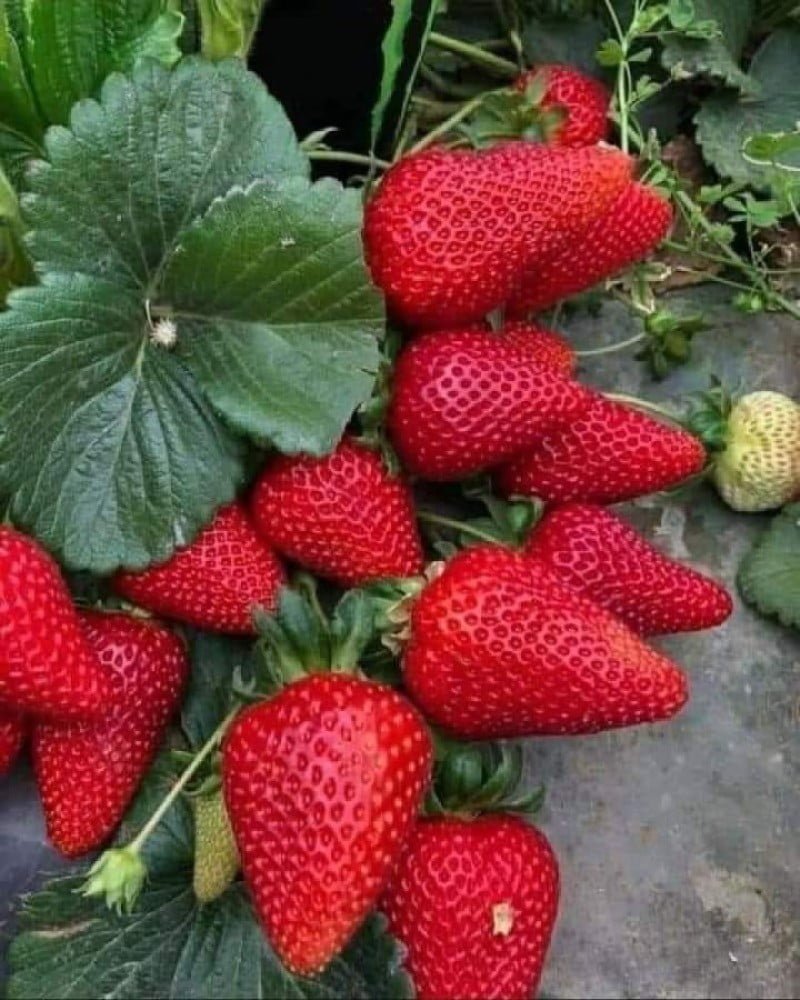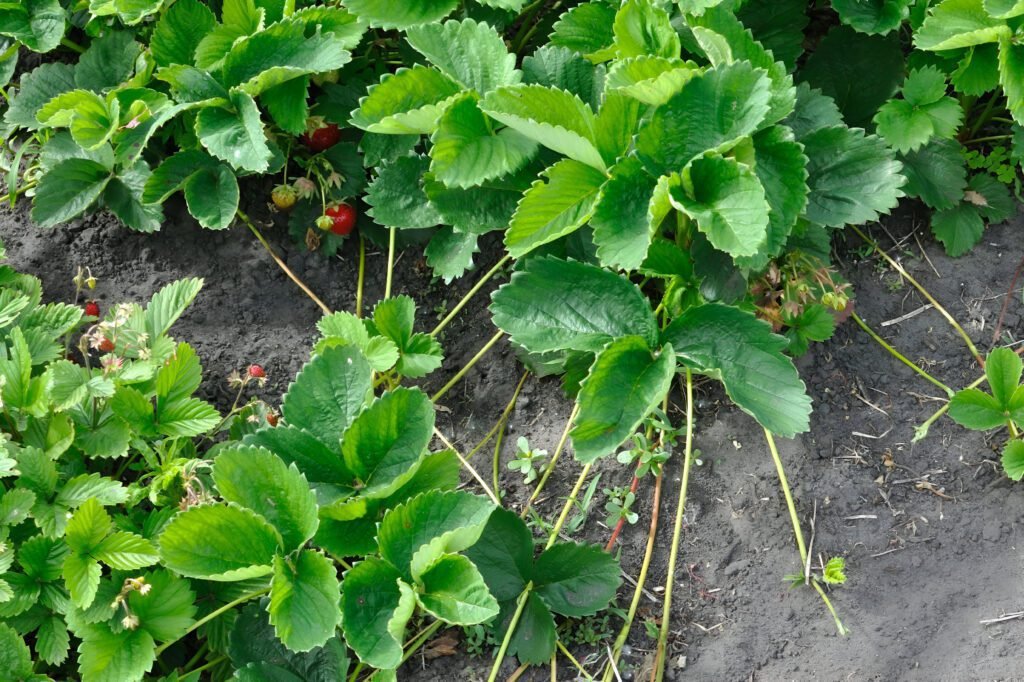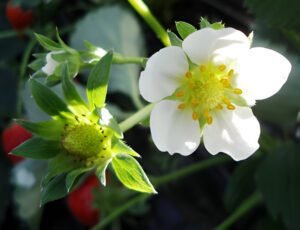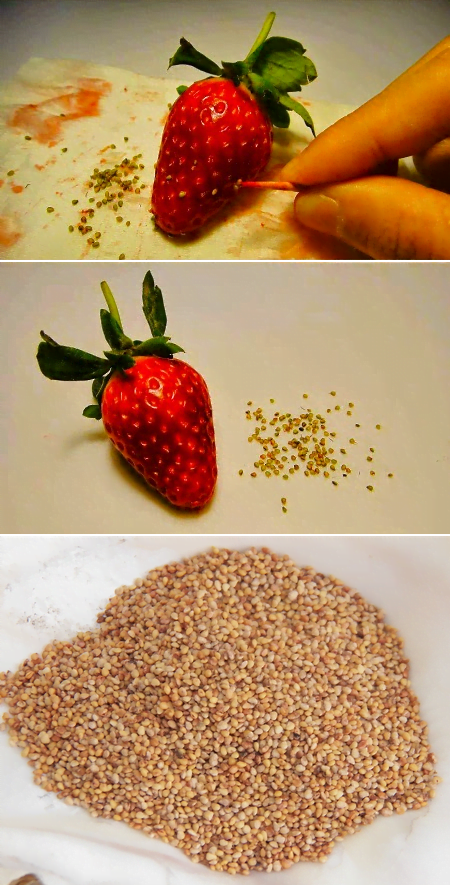Strawberry: definition, how to grow it, diseases, care for it
Introduction to strawberries

Basic care guide
- Summer-fruiting strawberries – These are the most popular types and produce the largest fruits. They are grown from early to mid-summer.
- Perennial strawberries produce small batches of fruit over a long period, from early summer until the first frost in fall. Crops are not as large as summer-fruited varieties, and fruits are smaller
- Alpine strawberries (Fragaria vesca) – Also known as wild strawberries or forest strawberries, these delicious plants produce small crops intermittently during the summer. Their color is usually red, but there are a few white or yellow species. Some of them produce epiphytes (small plants on long stems), which spread out to form a low ground cover, and others do not produce virgin plants.
- Original home
north america
- Nickname :
“Strawberry Scattered.” It was an early name for the plant that referred to the fact that when the strawberry plant produces stems and spreads, the strawberry fruits litter the ground.

The amount of water needed
- Water new plants frequently as they grow, and water all strawberry plants during dry periods of the growing season.
- Plants in pots, especially hanging baskets, need regular watering, whatever the weather.
- When watering strawberries, try to avoid wetting the crown (middle) of the plant or fruit, as this may lead to fungal problems, especially gray mold. It is best to water it in the morning rather than the evening.
Suitable living conditions
-Avoid planting strawberries in locations exposed to late frost, which may damage the flowers and cause strawberry black eye, or in exposed locations, which makes it difficult for pollinating insects to reach the flowers.
– Temperatures
It recommends maintaining daytime temperatures between 68°F-75°F (20-24°C), and exceeding this range may limit flowering initiation and stress plants.
Strawberry plants require lower temperatures during the night to produce high-quality fruits.
Suitable lighting for him:
– It grows best and produces the sweetest fruits in full sun, but tolerates some shade.
Alpine strawberries thrive in light shade
- Strawberries require sun to produce fruit. Ten or more hours of sunlight each day is ideal, but they need at least six hours of direct sunlight each day.
Strawberries like fertile, well-drained and slightly acidic soil.
-In poor or heavy soil, it is preferable to plant it in raised beds, which provides better drainage and increases rooting depth.
-Plants prefer 35-40 cm (14-16 in) spacing, in rows spaced 75-100 cm (30 in-3 ft) apart.


Find out what light your plants are actually getting.
Find the best locations for them to improve their health, simply using your phone.
Fertilization care
- Strawberry plants need plenty of nitrogen in early spring and again in late fall.
- If you are using a 10-10-10 fertilizer for strawberries, a good rule of thumb is to add 1 pound (454 g) of fertilizer for each 20-foot (6 m) row of strawberries one month after you first plant them. .
- For strawberries that are more than a year old, fertilize once a year after the plant has produced fruit… Use 1/2 pound (227 g) of 10-10-10 for every 20 feet (6 m) of strawberry row.
- For June-bearing strawberries, avoid fertilizing in the spring because the resulting increased foliage growth not only increases the incidence of the disease, but also produces smaller fruit that is more susceptible to fruit rot.
- Fertilize June-bearing varieties after the last harvest of the season with 1 pound (454 g) of 10-10-10 per 20-foot (6 m) row.
How to plant seeds
- Strawberry seeds do not require any treatment (such as soaking or stratification) before sowing.
- 1- Fill the basins with a good mixture of seeds.
- 2- Sow the seeds 3 mm deep... keep the soil moist.
- 3-The seeds should germinate within about 14-56 days at a soil temperature of 15-18 degrees Celsius.
- 4- Plant the seedlings in the garden as soon as their first true leaves appear and are large enough to handle (usually 5-10 cm tall).
- **0Plant 15-30 cm between plants, and row spacing 30-40 cm
Pruning
- When temperatures drop in winter and fall, prune and cut the leaves of your strawberry plants until they are about 2.5 cm long. You can do this after the first two frosts.
- Make sure to pick the first set of flowers that grow on your strawberry plants. To further promote growth, you can remove them by hand or using gardening shears.
- Powdery mildew: It leads to the rolling of infected leaves in late summer and fall, and the appearance of purple or red spots on the leaves. (Removal of infected tissue, and use of preventive systemic fungicides as soon as flowering begins, and it is recommended to plant resistant varieties)
- Fruit rot and blight: the most dangerous fungal diseases are the appearance of reddish-brown spots on the surfaces of the leaves and the color of the leaf blade turns purple (treatment: appropriate spacing between plants and the correct timing of fertilizer applications are among the most important preventive measures)
- Leaf spot (anthracnose): It is considered a fungal disease and one of the most harmful diseases to strawberries. It can cause significant losses throughout the growing season and after harvest. The disease usually enters fields through new strawberry transplants. Whereas the pathogen may be present but the plant does not show any signs until the temperature and humidity are good for its growth…. The characteristic symptom of the disease is the presence of water-saturated, dark green lesions on the lower surface of the leaves, and when the spots are exposed to light, they become shiny (fertilization after mowing helps stimulate growth, making the plants healthier and less susceptible to many diseases. The use of resistant varieties is the most practical and effective means of combating Leaf spot disease.

Suggested use
- It is consumed either fresh or in prepared foods such as jam, juice, pies, ice cream, milkshakes and chocolate.
- Artificial strawberry flavors and scents are also widely used in products such as candy, soap, lip gloss, and perfume.
- They can be used to beautify gardens or orchards and to make bonsai
Suitable planting time
Plant strawberries in mid-spring or late summer/early fall
additional information
- Plant age
Strawberry plants can live up to 5-6 years. However, after 3 productive years, it usually begins to lose its potency
- Plant height
4 to 12 inches long
- Flowering stage
From early summer to early fall.
- Fruiting stage
About a month after the flower has fully blossomed



